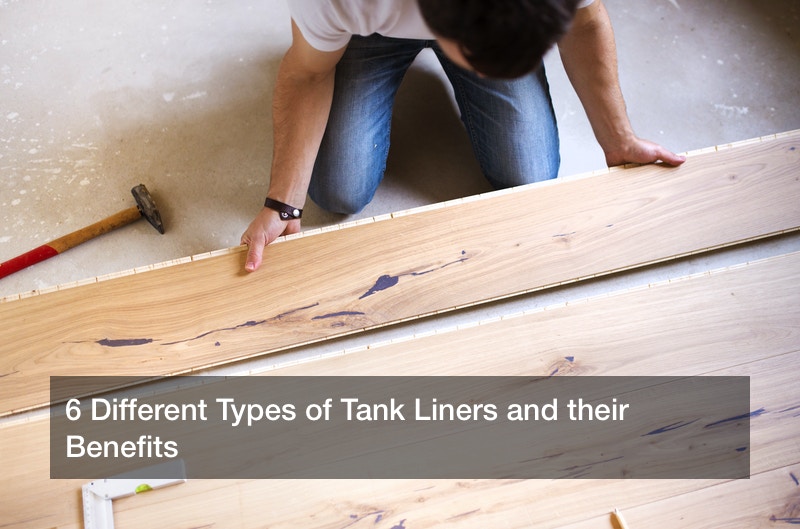
Is your rusty tank leaking and in need of patching? Worry no more! Tanks without a corrosion-resistant coating are susceptible to corrosion. But with proper custom linings, you can prevent corrosion, leakages, and normal tank wear. This blog post presents to you the different types of custom tank liners and their pros.
What Is a Tank Lining Material?
Tank liners are layers of thick non-porous materials, which create a thick and impermeable layer over your tank’s surface to prevent corrosion, contamination, and leakage. The liners are made into fabric-like materials using different kinds of heavy-duty corrosion-resistant materials.
Why Do You Need Custom Linings for Your Tank?
Tank liners are essential because they prevent leakages, corrosion, and contamination to your potable water or other stored chemicals. As such, you need them to protect your tank from regular tank wear and tear. Also, tank liners are a mandatory need under the environmental protection Agency (EPA) stipulations. According to EPA regulations, all tanks with a capacity 0f 110 gallons are subject to its rules. Part of these regulations state that tanks with a capacity of 110 gallons and above should be lined.
Which Are the Best Custom Linings for Your Tank?
There is no perfect tank liner for all tanks. Instead, the choice of your liner will depend on the material of your tank, its cost, condition, and location. Choosing a tank a liner may be a daunting task because there is a large variety of tank liners in the market. But here is a breakdown of the top tank liners and their pros.
Polyurea Tank Liners
Polyurea is a tank lining material applied in a gel-like form. You can apply this material by use of special spraying equipment. These heavy-duty flexible tank liners are strong and durable. This lining material can undergo elongation by almost 900%. Apart from being sustainable and resilient, the material is also solvent-free, and it can resist abrasion.
Stainless Steel Tank Liners
You can make a stainless steel liner from a rough or polished steel material that is corrosion-resistant. This lining material is strong and durable. But it requires regular cleaning to a white water standard.
Epoxy Tank Lining
Epoxy tank liners are made from epoxy, which is a solvent-free and moisture tolerant material. Epoxy is also chemical-resistant, and it can line tanks used to keep different kinds of chemicals. The material is durable and capable of maintaining its integrity under high-temperature conditions.
Vinyl Ester Liners
Tank liners made from vinyl ester material have the highest contamination and chemical infiltration resistance. Vinyl ester is a material that is common in the chemical industry where it’s used for various purposes because it can resist chemical and high-temperature damage.
Polyurethane Tank Liners
Polyurethane tanks are made from a polyurethane material that is flexible, durable, and impermeable to water. But the flexibility of this lining is not as high as that of other materials such as polyurea and vinyl ester. These kinds of custom linings are perfect for concrete tanks.
Zinc Tank Lining Materials
A Zinc tank liner are fashioned from zinc silicate material, which is corrosion-resistant. The material has binders and additives that make it a perfect waterproofing material. Zinc liners are impermeable, and it can’t dissolve in most solvents. As such, you can use the material to line tanks that hold different kinds of solvents. But you should know that such liners can’t resist the damage caused by strong acids and bases.
Under normal conditions, underground tanks last for approximately two decades. But the lifespan of different tanks may differ depending on the soil conditions, tank installation, and construction and maintenance. Custom linings for your tank can help prolong the life of your tanks by averting leakages and containing all chemicals in a safe space.
The different kinds of water tank liners have different levels of effectiveness. But the ultimate goal of any tank owner is to get a perfect water-tight sealing layer of lining material.

